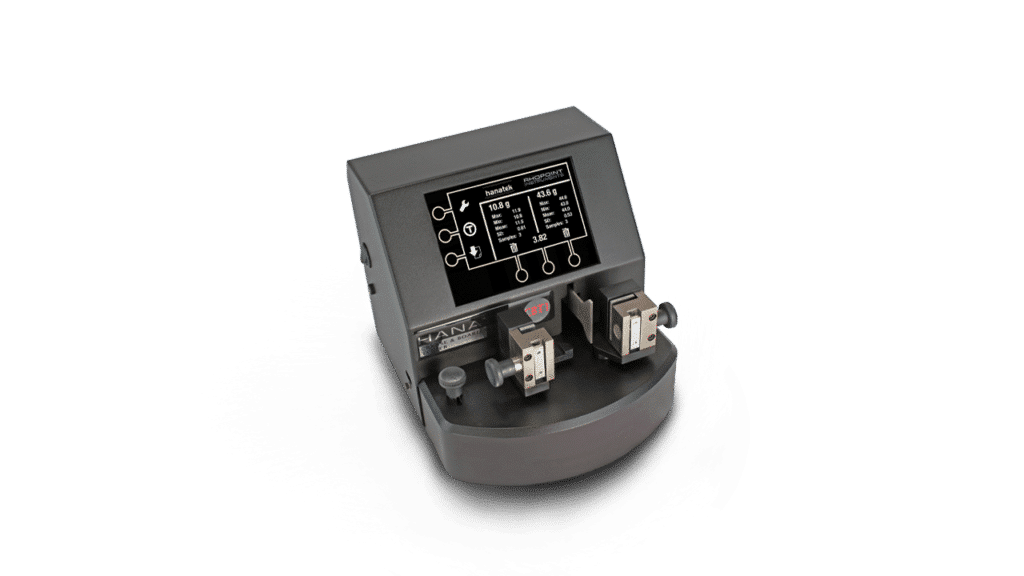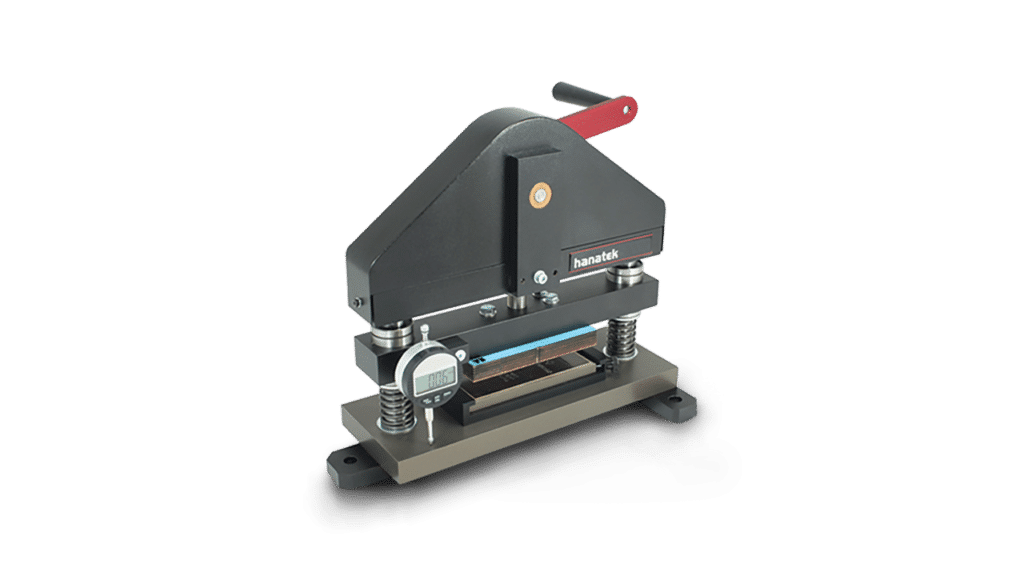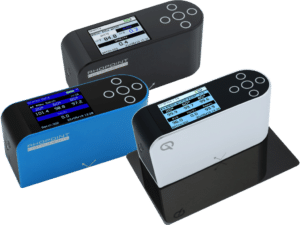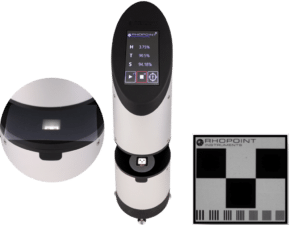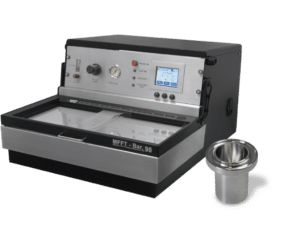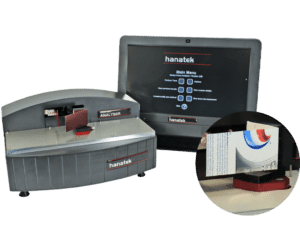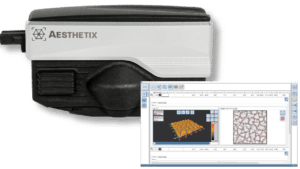Who Measures Board Stiffness and Crease Resistance?
Board stiffness and crease resistance are important measures that indicate how a finished carton will run on an automated glueing, filling or packaging line.
Substrate manufacturers, printers, converters and any manufacturer who fills or packs products in cartons can use this measurement to optimise production.
QA departments use these instruments to check the running attributes of finished cartons prior to conversion and filling, reducing lost production time from slow running or difficult to convert packaging.
Carton manufacturers and designers can use a CBT1 crease and board stiffness tester with a Hanatek Carton Crease Proofer to test different substrate and crease combinations in the laboratory without committing valuable production time.
